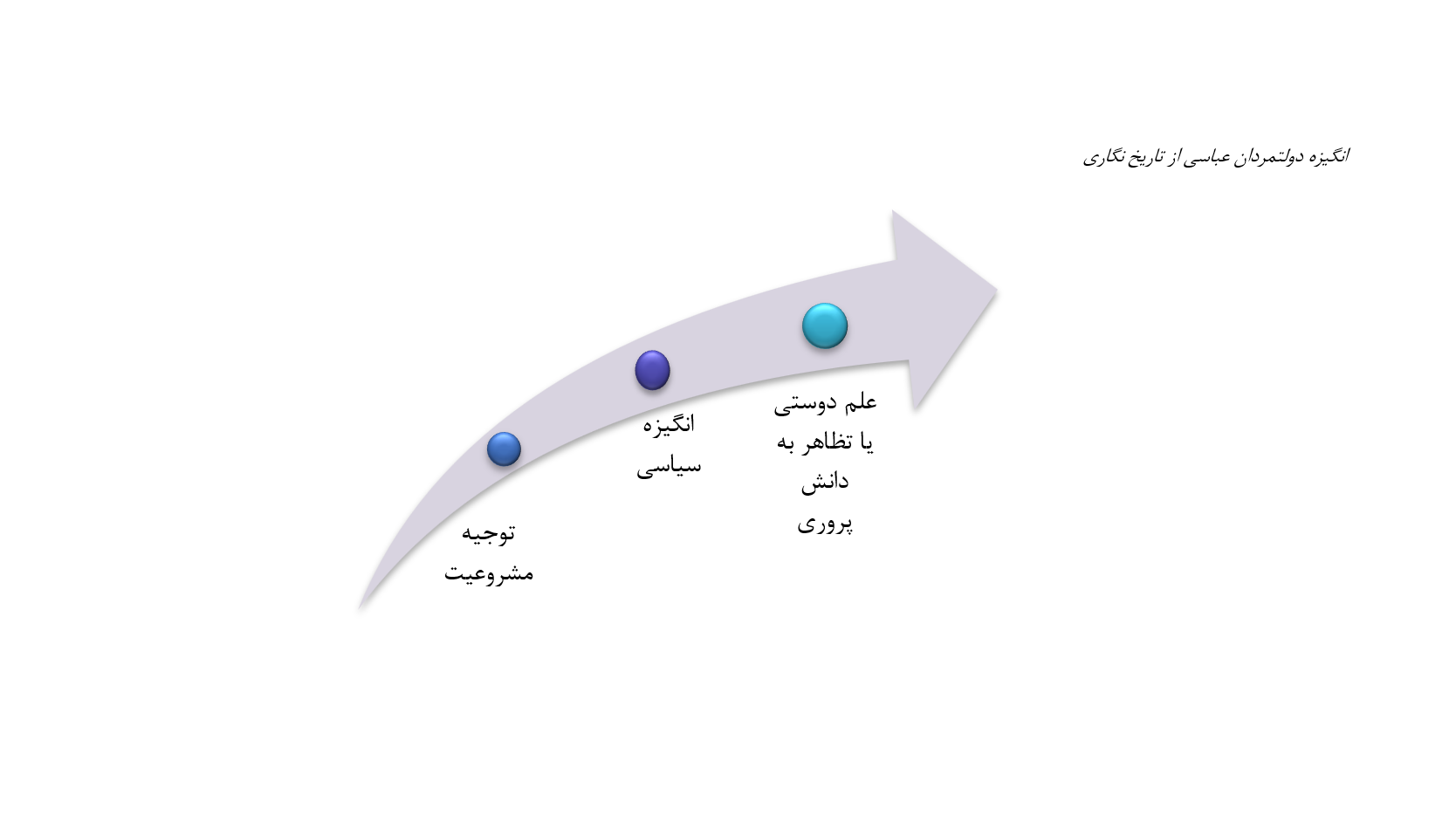The Transformation of Islamic Historiography in the Era of the Caliphate
Keywords:
Islamic historiography, Umayyads, Abbasids, cultural renaissanceAbstract
In the first two centuries of Islam, there was no singular and uniform historiographical tradition, and multiple schools emerged in the regions of Medina, Iraq, Syria, Yemen, and Iran. Gradually, the tension between the perspectives of court historians and other chroniclers, the vastness of Islamic culture, and the relative freedom of historians in employing the method of observation or narration led to the creation of works with different approaches. Nevertheless, Islamic historiography in the third and fourth centuries A.H. shifted towards a narrative-oriented discourse and made less use of analytical and critical perspectives. This article aims, using a comparative-critical method, to provide a brief analysis of the historiographical trends from the first to the fourth centuries A.H. and to compare the historiographical methods and perspectives of the Umayyads and Abbasids. According to the research findings, the Umayyads and Abbasids used history and historians as tools to legitimize their rule and, knowingly or unknowingly, contributed to the spread of certain historiographical distortions and deviations. Eventually, with the beginning of the translation movement and the cultural expansion and assimilation, conditions were created for the flourishing of historiography by historians from the subordinate regions, and the historical perspective of Muslim historians became more global and analytical. This culminated in a new generation of professional historians succeeding in producing distinguished works.
Downloads







